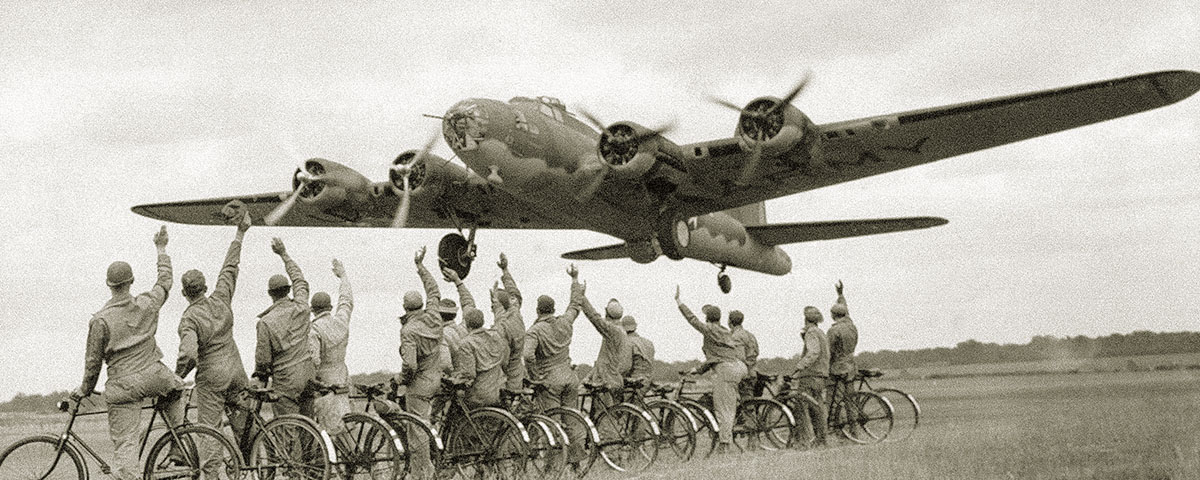Reporting in Adolf Hitler’s Germany posed a big dilemma for journalists. To what extent would they have to cooperate with a repressive regime to work inside the country or from Nazi-occupied territory?
Critics say the nonprofit American news agency Associated Press bowed to Nazi pressure, compromising its independence to ensure that it could continue sending stories and pictures to newspapers across the United States during Hitler’s rise to power and the subsequent war.
German historian Harriet Scharnberg argued last year that AP’s cooperation with the Third Reich let the Nazis “portray a war of extermination as a conventional war.”
AP responded in May with a lengthy report of its behavior in Germany from 1933 to 1945, arguing that the agency acted as “forthrightly and independently as possible” but admitted “it should have done some things differently.”
Written by former AP deputy international editor Larry Heinzerling and AP investigative researcher Randy Herschaft, the report said the news agency recognized the “tremendous news value” of photos from Germany at that time but did not tailor images or stories to fit regime propaganda. It does, however, regret that state-censored German media wrote captions and headlines that reflected Nazi indoctrination. Some photos that AP sold in Germany were used in propaganda material against the Jewish population in Europe.
In 1935 AP complied with an anti-Semitic Nazi law by dismissing or reassigning six employees the regime considered Jews. The AP notes that it had resisted the law for two years and helped the six resettle; they survived the Holocaust.
Several of AP’s German employees supported Hitler’s regime, including ardent Nazi Franz Roth, an Austrian-born freelance war photographer who traveled with Waffen SS units. Scharnberg’s report referred to Roth as an “AP photographer, SS-Oberscharführer, and photojournalist in the SS Propaganda Company.” The report describes how AP “received exclusive rights” to Roth’s photos and the accompanying German captions, which were published in American newspapers.
When AP photos ran in German publications, Nazi propagandists drafted the accompanying captions; unsurprisingly they offered a different perspective on events in Europe. For example, the original Allied caption for a photo of a B-17 arriving in Britain (opposite) read:
Joint Anglo-U.S. raids on Germany coming: giant Flying fortresses preparing in Britain. General Carl Spaatz…had some good news…preparations for the joint Anglo-U.S. aerial offensive against the enemy have made such fine progress that “we are now…ahead of actual schedule.” These pictures show how advanced the preparations are in this country, with the American flying fortress playing a leading part.
The German caption, approved by the Nazi Propaganda Ministry, contrasted sharply with the original text:
The first picture of the “Flying Fortress.” With planes of this type, the construction of which requires two million hours of labor, Roosevelt wants to win the war in the air. The appearance of the plane was celebrated with typical American bluff…where these giant planes appear over Europe, they become most welcome targets of our gunners.
After the United States entered the war in 1941, Germany expelled AP from the country. The following year, AP and Germany reached an agreement, approved by American authorities, by which the news service sent photographs to Germany through neutral countries and received censored photos from Nazi-occupied territory. “Although the exchange necessitated dealing with the Nazi regime,” the report said, “it was the AP’s belief then and now that the photos gave the American public a much fuller picture of the war than could have been obtained otherwise.” The report concluded that “suggestions that AP at any point sought to help the Nazis or their heinous cause are simply wrong.”
Although Harriet Scharnberg praised the wire service’s willingness to examine its past, she averred that her own findings still stand. For example, she said, photographer Franz Roth was in the Ukrainian city of Lemberg (now Lviv) during the 1941 slaughter of thousands of Jews. But his photos, distributed by AP in the United States, did not show any massacre. Instead they showed Soviet prisoners, captured tanks, and locals “cheering the German invaders.”
Disclosure: In addition to serving as World War II’s news editor, Paul Wiseman is an economics writer for the Associated Press.





